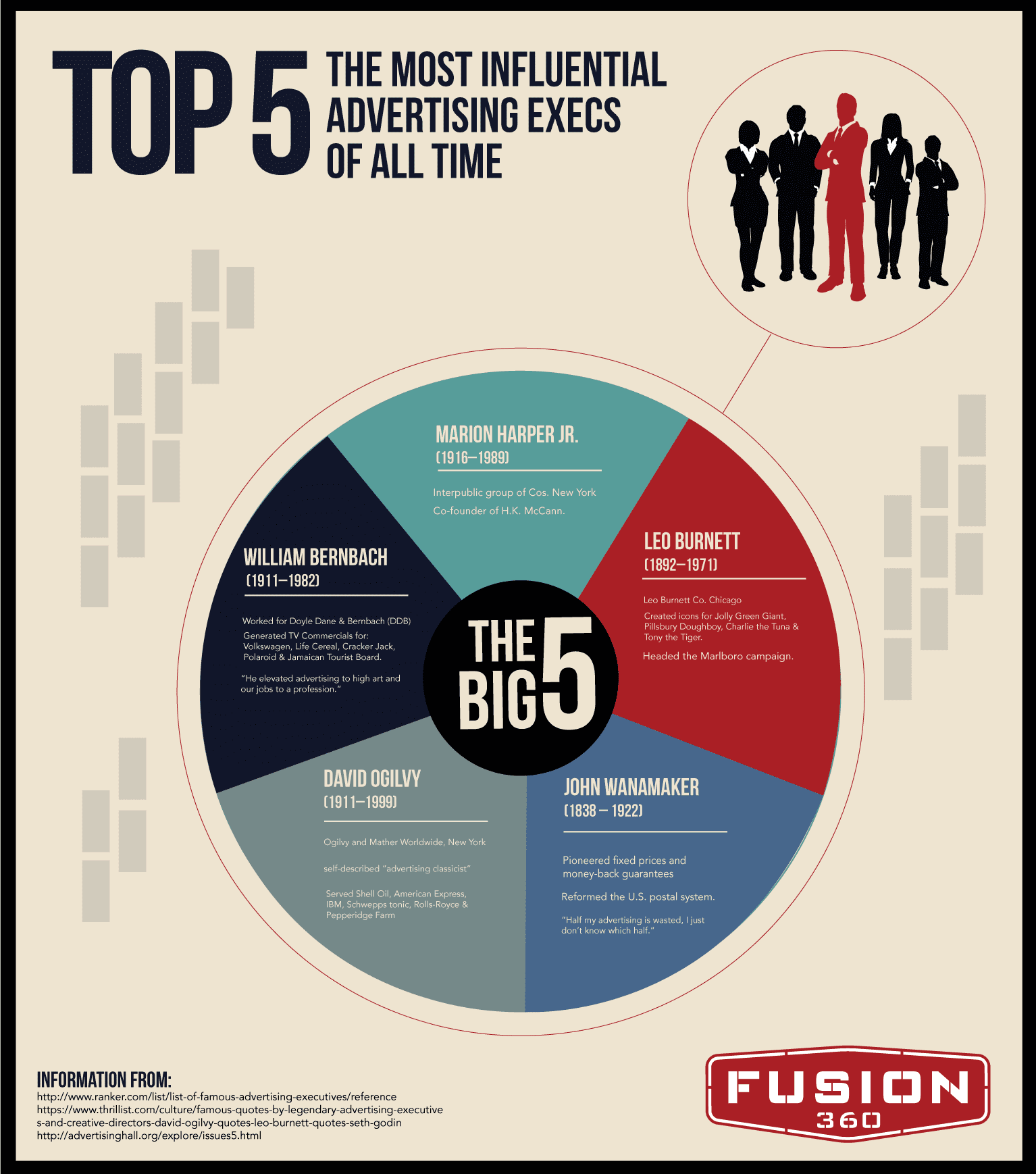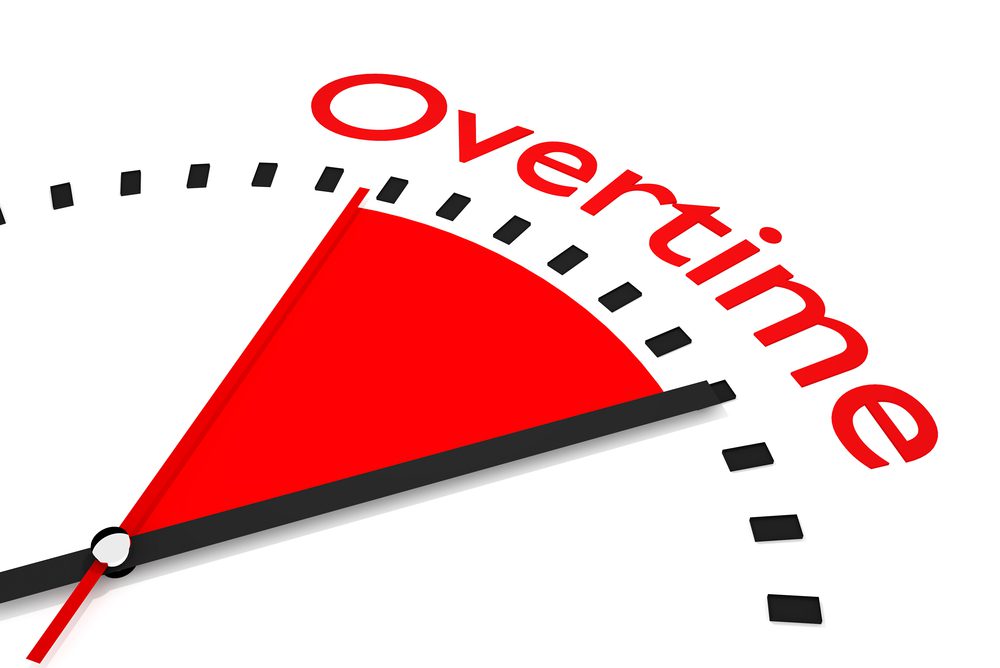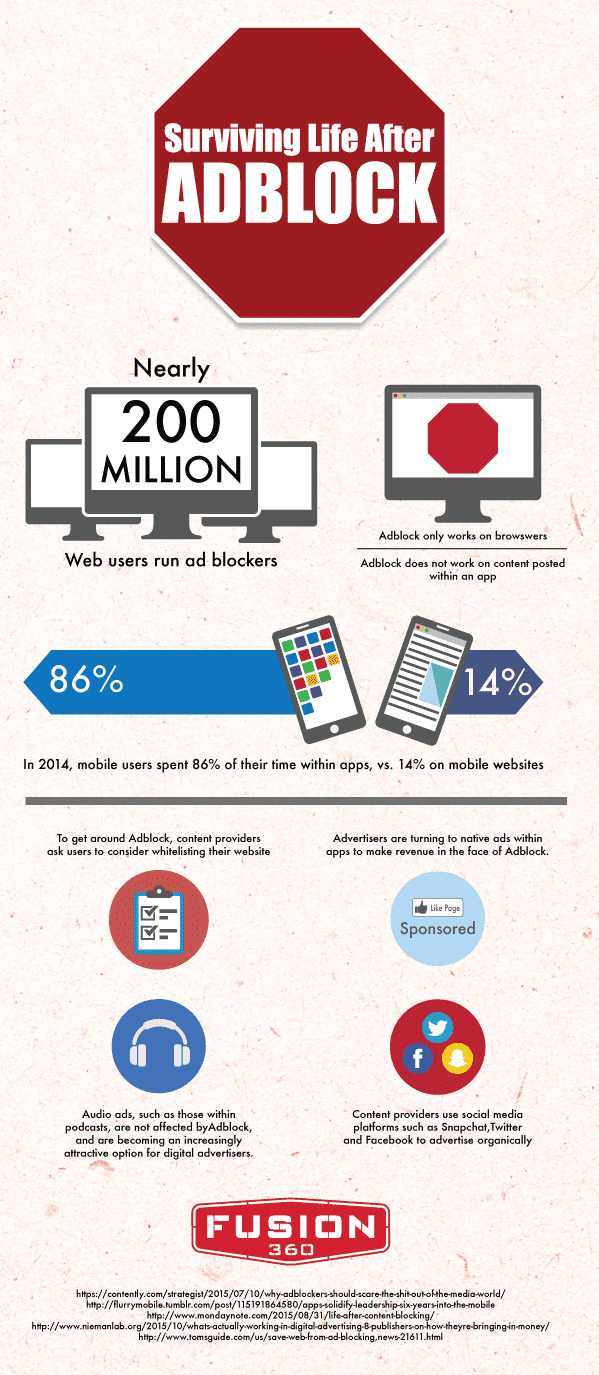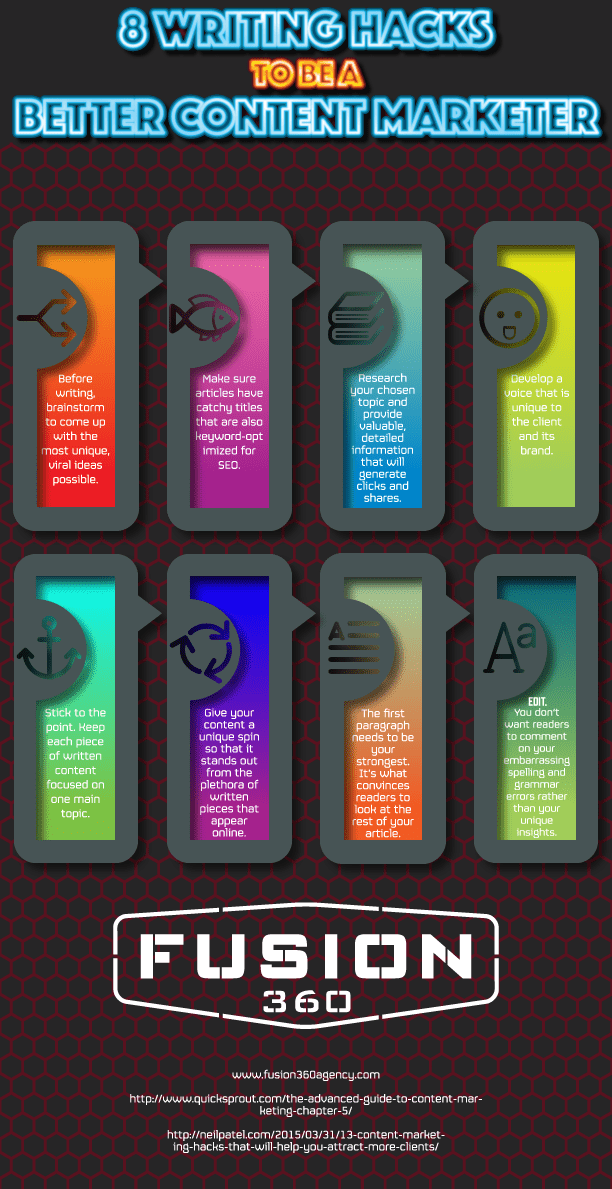In the world of advertising and marketing, we’re always looking for the next big thing. Marketing agencies thrive on being ahead of the game, leading the pack, blazing new trails and all that good stuff. The best marketing agencies tackle the questions that actually affect the industry. Here’s one we’d like to take on: Which business model is better — in-app advertising or in-app purchasing?
In-App Advertising
We’ll take on in-app advertising first. Right now, in-app advertising works like this: Developers offer app downloads for free with the idea that a growing base of app users will provide data to help drive advertising sales. It’s basically the same approach that began two decades ago with internet banner ads. But they were boring, so today video ads are all the rage.
In-app advertisers use video ads during apps’ natural breaks and pauses, some even incentivizing consumers with app perks for watching an entire advertisement. The Interactive Advertising Bureau released a study forecasting that mobile video ad revenue in the United States will exceed $4.4 billion in 2018. Not too shabby.
In-App Purchasing
On the other side of the aisle for marketing agencies is in-app purchasing. This advertising model depends on revenue from users paying to purchase the app and then continuing to purchase virtual or physical products within the app. The newest approach to in-app purchasing is sponsorship. Basically, this means an app developer joins up with advertisers who reward users for completing certain tasks within the app. The overall goal? Work ads into the app in a way that helps the app engage users.
Two Is Better Than One
So which is better for business? We say, why choose? Both strategies can work together as app development becomes more refined. App developers can start with an in-app advertising approach and offer the app for free download with ads. Then, developers can pull in the in-app purchasing model by offering added paid features. When it comes to in-app purchasing and in-app advertising, two is better than one.












